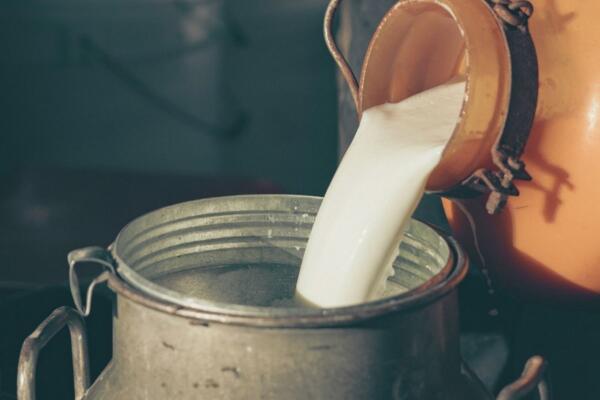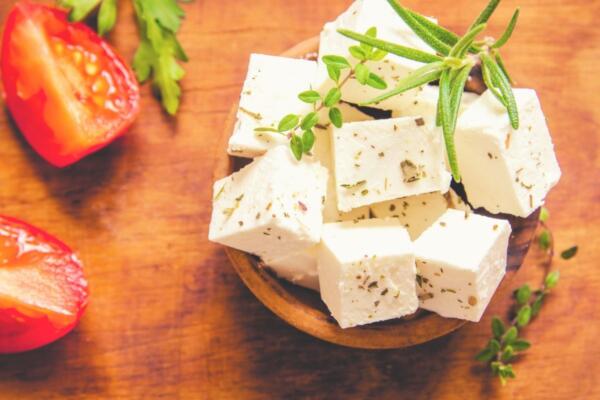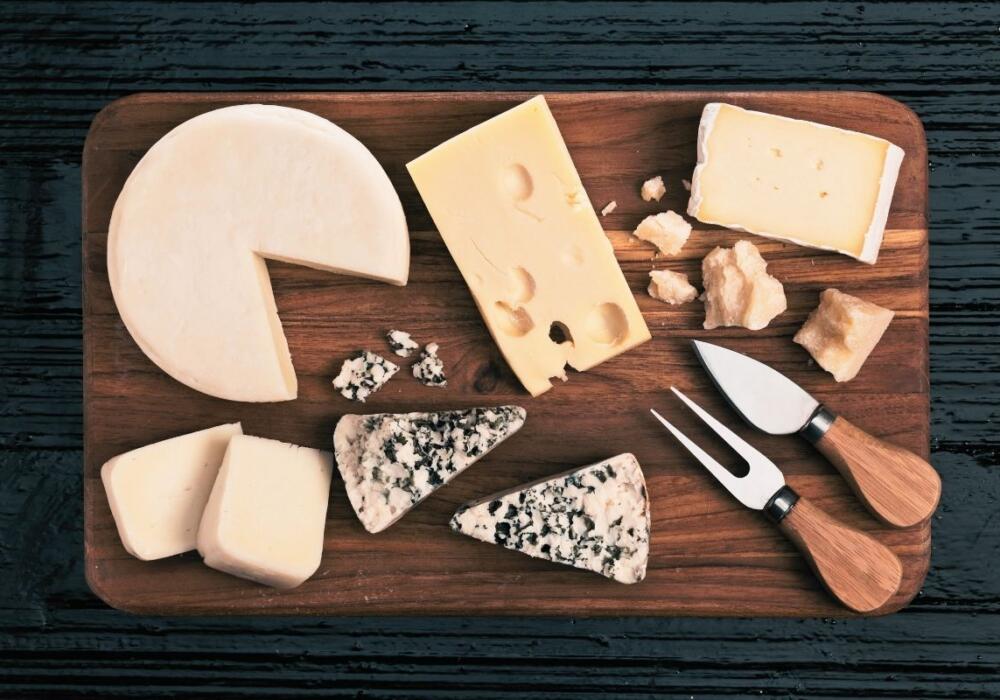Cheesemaking might look like magic—milk goes in, glorious cheese comes out—but there’s a lot going on behind the scenes. Whether you’re dabbling at home or dreaming of your own cave-aged wheels, knowing what influences your final product can mean the difference between “meh” and “more, please!”
Let’s dig into the most important things that shape your cheese.

It All Starts With Milk
Different animals = different flavours. Cow’s milk is the go-to for many cheeses, but goat, sheep, and buffalo each bring their own quirks. Even the time of year or what the animal ate can change your results. Raw milk brings complexity, while pasteurized milk is safer but sometimes needs a little help (like a pinch of calcium chloride).
Fat vs Texture
Fat equals richness. More fat = creamy, gooey cheeses like Brie (hello, triple creams). While lower fat leads to firmer varieties like Parmesan. Tweak your milk’s creaminess depending on what kind of texture you’re aiming for.
Raw vs. Pasteurized Milk
Raw milk offers complex flavours but requires careful handling and in Australia is not for purchase so unless you have your own animals to milk this generally isn’t an option. . Pasteurised milk is definitely the safer option but may require additives like calcium chloride to achieve desired curd formation.
Homogenised or Not?
Homogenised milk spreads fat evenly, which can change how curds form and taste. Some cheeses are totally fine with it, but others (especially traditional styles) prefer milk that hasn’t been messed with otherwise known as Un-Homogenised.
Starter Cultures: Essentially Your Cheese Architects
Starter cultures are tiny bacteria with big jobs. They eat up the milk sugar (lactose) and help acidify the milk—key for getting curds to form and flavours to develop. Want tangy, buttery, sharp or mild cheese? It’s all about which bacteria you invite to the party.
Ripening Cultures
Additional cultures like moulds or surface bacteria contribute to the rind development and unique flavours in cheeses like Camembert or Blue Vein. These cultures give your cheese character, inside and out.
Rennet: The Curd Maker
Rennet is the enzyme that turns milk from liquid to curd. Use too much, and your cheese could get bitter. Too little, and you’re left with soup. Finding your sweet spot takes practice.
Cut the Curd
How you cut the curds, how fast you heat them, and how much you stir all effect how dry or moist your cheese will be. Smaller curds, more heat, and more stirring = drier, firmer cheese. Larger curds, lower temps, and gentler handling = creamier results.
Whey Drainage
How much whey you remove—and how fast—affects how moist or dry your cheese turns out. Drain too little and it stays soggy. Drain too much and it crumbles.
Pressing: Shape + Texture
Pressing helps shape your cheese and squeeze out extra whey. Press longer and harder for a firm set. Press lightly for a softer set.

Salt: Not Just for Flavour
Salt does triple duty—it adds flavour, helps preserve, and affects texture. You can mix it into the curds, rub it on the surface, or soak the whole thing in a brine. Each method brings a different outcome.
Time & Conditions: Aging Gracefully
Some cheeses are ready in hours. Others need weeks, months, even years. Aging temperature, humidity, and airflow all shape the flavour and texture. That stinky blue? It needs specific moulds and cave-like conditions to thrive.
Some cheeses are good to go in a day. Others need months (or years!) to hit their stride. Temperature, humidity, and airflow all shape how your cheese matures. Want a stinky blue? It requires the right cultures and cave-like conditions to thrive.
Extras: Go Wild(ish)
This is your flavour playground: herbs, spices, smoke, ash, edible flowers. Just make sure they complement, not overpower. A little goes a long way.
The Bottom Line
Cheesemaking is part science, part instinct, and a whole lot of fun. You don’t need to master everything all at once. Give it the good old trial and error by tweaking one thing at a time, keep notes, and taste along the way. You’ll get better with every batch—and probably never look at supermarket cheese the same way again.
Ready to stir the curd?
Click here to grab your Cheesemaking Cheat Sheet — perfect for quick, easy reference!

